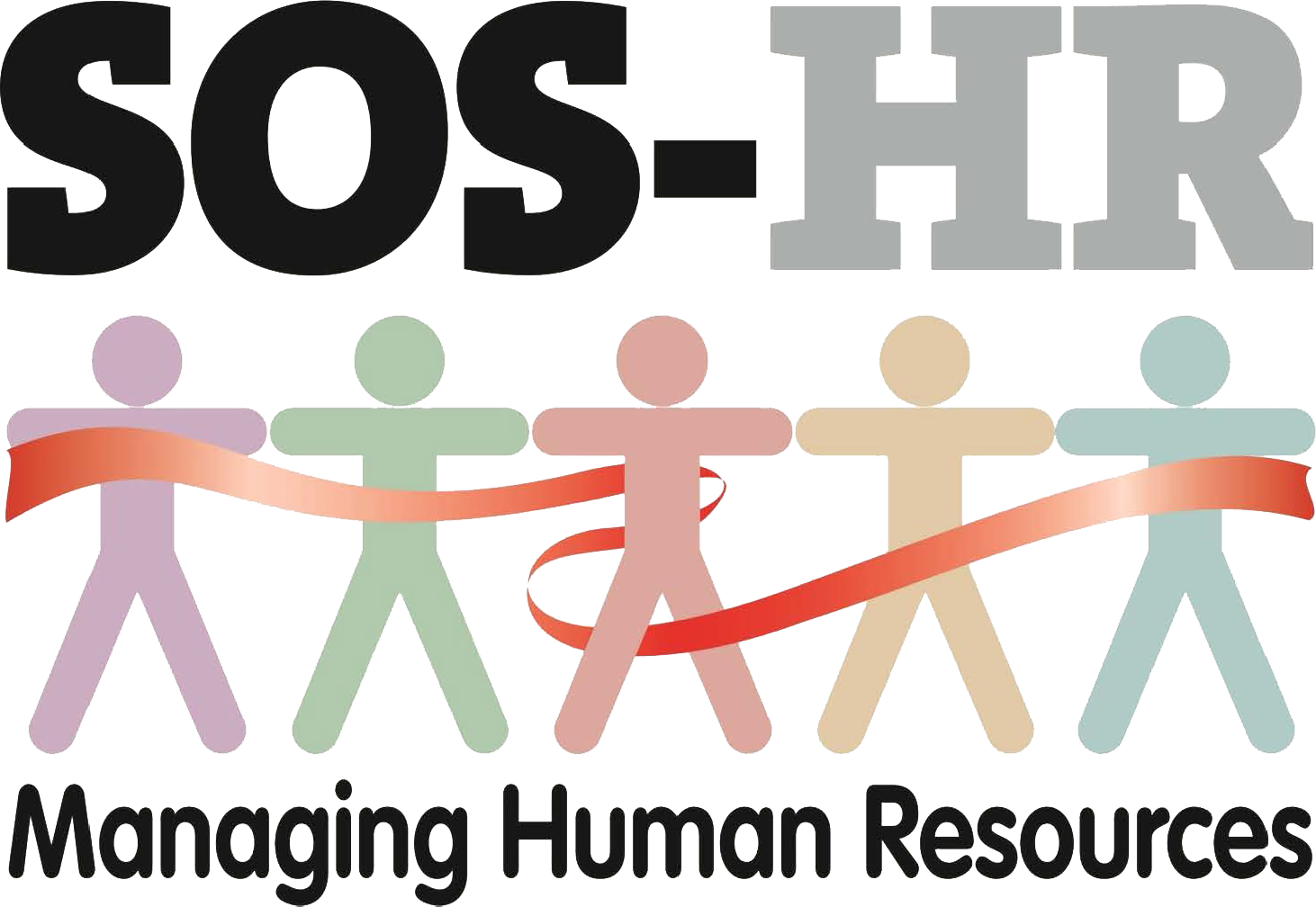Artificial Intelligence (AI) User Policy
It would be very hard to miss the emergence of Artificial Intelligence (AI) in our everyday lives and the recent news headlines which warn about fake news being generated and even sensationalise the further development of AI could lead to the destruction of humankind, never mind just jobs.
Last week we have seen the launch of Deepseek, a Chinese artificial intelligence company, being marketed as an AI Assistant, so we thought it may be useful to give you some pointers on what to consider when starting to think about an AI-user policy.
In today’s digital HR landscape effectively managing AI culture change is essential for success.
Such a policy could cover applying generative AI to the organisation and employee lifecycle, as this will need to integrate with your existing policies and procedures.
Shaping the policy should reflect your organisations values, culture and promote the behaviours you are encouraging. For some businesses this will mean the policy needs to be controlled or regulated, for others it will inspire curiosity and initiative.
Some businesses are considering setting up an AI committee to make sure AI choices align with organisational goals.
There will need to be a data security risk assessment to check accuracy and authenticity.
Data will need to be controlled and parameters set around what is considered reasonable use and fairness to safeguard against bias.
Understanding and articulating the benefits of AI to your business, job function or training and development.
How compliance with legal obligations and requirements will be achieved. This would include data protection, copyright any industry regulators and any other legislative requirements.
Of course, this will continue to be a fast-moving area and we are here to support you in adopting and implementing an HR policy and procedure. If you are considering introducing a policy please get in touch on 01473 276170 or email us at soshr@sos-hr.co.uk
